Don't wanna be here? Send us removal request.
Text


One of the best tourist spot and beach in the Philippines. The Tondaligan beach is located at Bonuan Tondaligan, Dagupan City. Pangasinan in North Luzon. The beach is commonly known in a different places even outside of Pangasinan.
0 notes
Text
Preventing Flood and Improving Proper Segregation
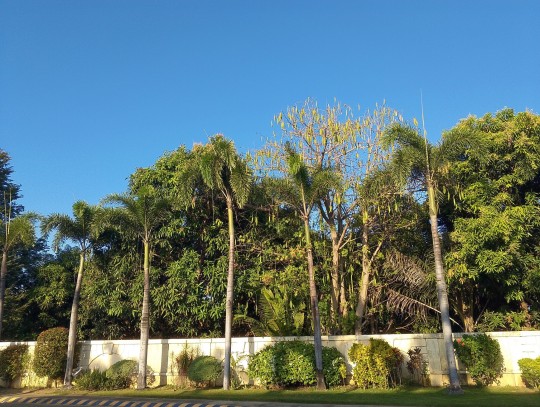
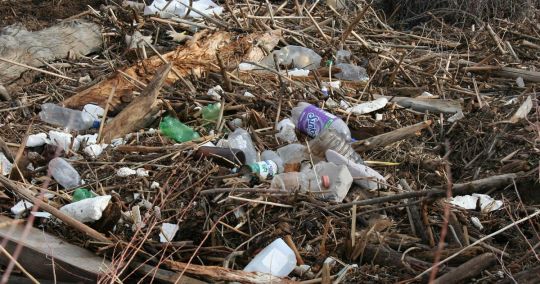
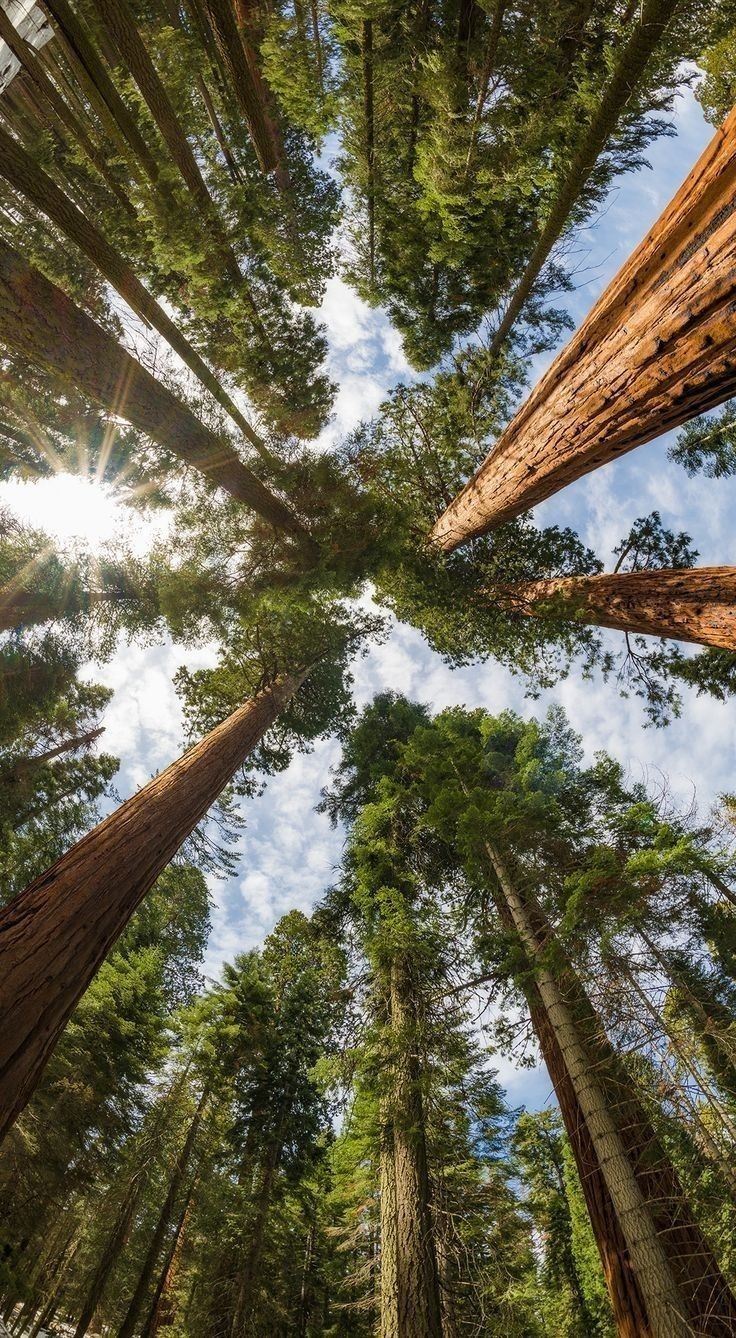
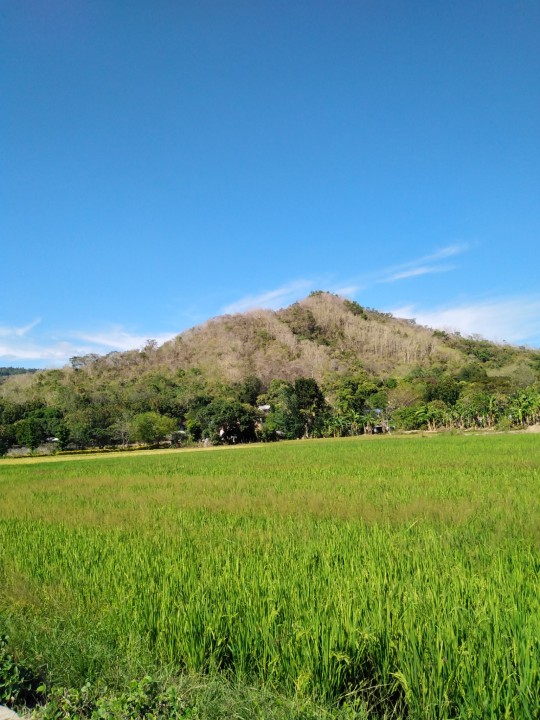
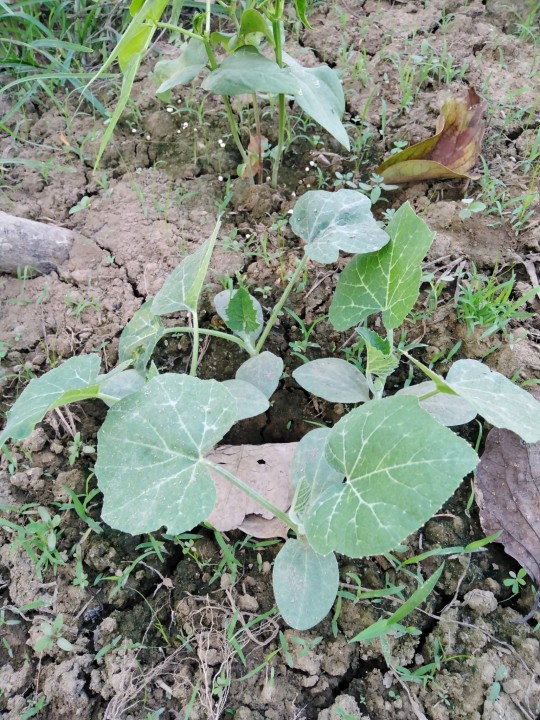
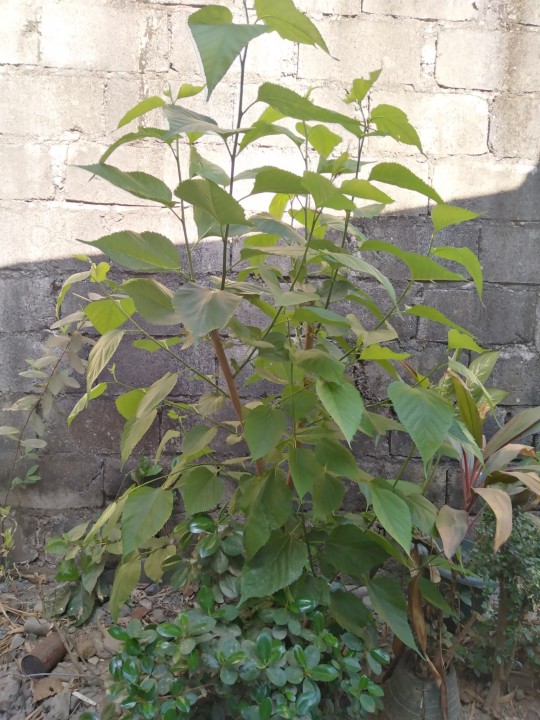
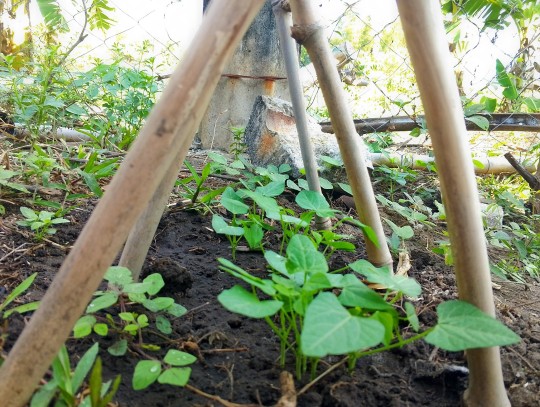
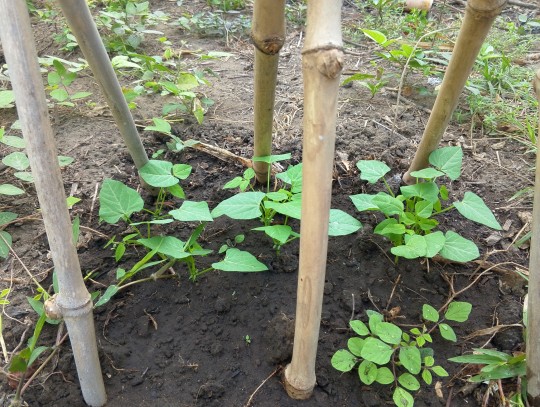
Improper waste segregation is the habitual dilemma even in our own locality. This kind of situation was the main problem even in a small town because of clogging of drainage and pond of trash because of the immorality of individuals regarding throwing the trash.
We just notice that some individuals didn't know how to segregate the trash and doesn't have the biodegradable, non biodegradable and recyclable bin in their community.
Planting is important in our life for numerous reasons. Here are some key benefits:
1. Environmental Impact: Plants play a crucial role in maintaining a healthy environment. They absorb carbon dioxide and release oxygen through photosynthesis, helping to reduce air pollution and combat climate change. Trees, in particular, are effective in absorbing harmful greenhouse gases and providing shade, which helps to cool the surrounding areas.
2. Biodiversity Conservation: Planting trees and other vegetation helps to preserve and restore natural habitats, supporting a diverse range of plant and animal species. This is important for maintaining ecological balance and preserving biodiversity.
3. Improved Air Quality: Plants act as natural air filters, removing pollutants and toxins from the air. They absorb harmful gases and particulate matter, thereby improving the quality of the air we breathe. This is especially beneficial in urban areas with high levels of pollution.
4. Soil Conservation: Planting trees and plants helps to prevent soil erosion. Their roots hold the soil together, reducing the risk of erosion caused by wind and water. This is crucial for maintaining fertile soil for agriculture and preventing land degradation.
5. Aesthetics and Mental Well-being: Plants enhance the beauty of our surroundings, whether it's a garden, park, or indoor space. Being in the presence of plants has been shown to have a positive impact on our mental well-being, reducing stress and improving mood.
7. Educational and Recreational Value: Planting and gardening provide opportunities for education and recreation. It allows us to learn about plant life cycles, ecosystems, and the importance of environmental stewardship. It also offers a rewarding and enjoyable hobby that can be shared with family and friends.
Plants contribute to reducing air pollution through a process called photosynthesis. During photosynthesis, plants absorb carbon dioxide from the air and release oxygen. This natural process helps to remove carbon dioxide, a greenhouse gas, from the atmosphere, which plays a significant role in mitigating climate change.
In addition to carbon dioxide absorption, plants also have the ability to filter and remove other pollutants from the air. The leaves of plants have small openings called stomata, which allow them to take in carbon dioxide for photosynthesis. These stomata can also absorb other gases and particles present in the air, such as nitrogen dioxide, ozone, sulfur dioxide, and particulate matter.
Trees, in particular, are effective in reducing air pollution. Their large canopies and extensive root systems make them excellent air filters. Trees can trap and absorb pollutants, including dust, smoke, and various gases, helping to improve air quality in urban areas. They also provide shade, which can lower temperatures and reduce the formation of ground-level ozone, a harmful air pollutant.
Urban green spaces, such as parks and gardens, with a variety of plants and trees, can act as "green lungs" for cities. They help to create a healthier and more pleasant environment by reducing the levels of air pollutants and providing oxygen-rich air for people to breathe.
Cutting trees and dead trees is also a dilemma to the cities like metro manila, trees are convenient and a life saver to the people since it was a good shelter when the sun was still and trees absorb water from the rain or even the stock water in the surroundings.
If we will throw our garbage properly and in the right segregation we can avoid the wrong habitual and we can see the smoothness of flowing water in the river and drainage in addition to that if we stop cutting trees it can absorb a water and it has many benefits to the individual in the communities and maybe some dead tree can survived due to the water absorbing .
It's important to note that while plants contribute to reducing air pollution, they alone cannot solve the problem entirely. It requires a collective effort to reduce emissions from various sources and adopt sustainable practices. However, planting and preserving vegetation play a crucial role in improving air quality and creating a more sustainable and livable environment.
2 notes
·
View notes